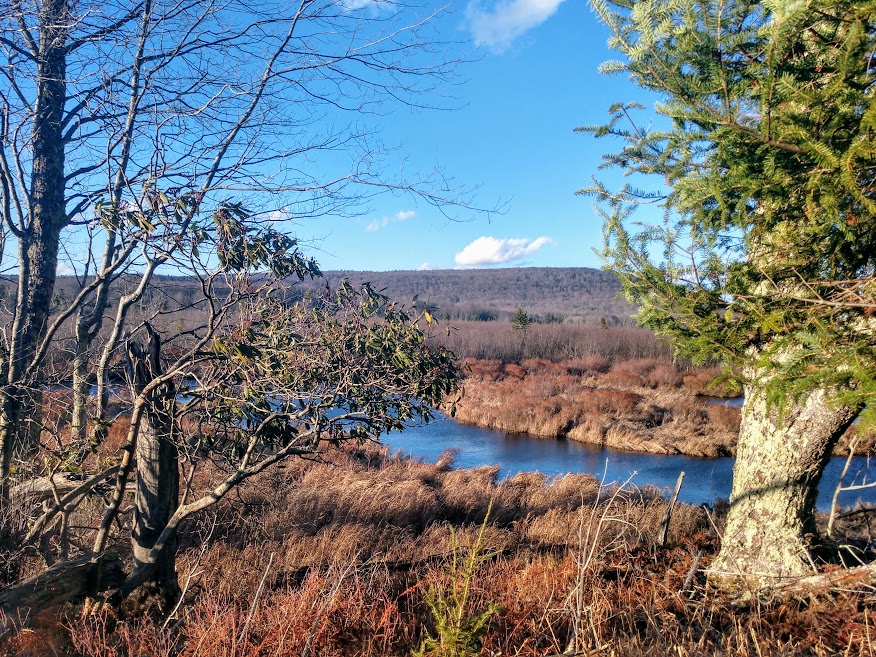A Habitat at Work: Winter Grasslands and Marshes

In the distant past, the landscape of the Tennessee River Valley was a system of deep forested valleys, highland bogs, grasslands, prairies and savannas which provided a rich habitat for wildlife and native people. These grasslands also created an important ecosystem sustaining the watershed by filtering nutrients, wastes, and sediments. Imagine the early pioneer who saw this fertile soil as place to set down roots. As the land was homesteaded and eventually developed into urban areas, much of the native landscape disappeared. Only pockets remain around cities such as Huntsville that were once resplendent grasslands.
In the Tennessee River Valley, winter is an optimal time to see a “grassland” area at work. Each year, Sandhill Cranes descend on marshy areas across the region- Hiwassee Wildlife Refuge and Wheeler National Wildlife Refuge to feed on seeds, berries, cultivated grains, insects, and small mammals. The National Wildlife Refuge created by the formation of Kentucky Lake offers visitors a glimpse of the early natural landscape of southeastern grasslands. Overwintering waterfowl feed on native seeds, grains, and mudflats rich with nutrients. The winter’s quiet hum of foraging wildlife and rustling of dried grasses is in direct contrast to the nesting season when the songbirds arrive.
Today, groups such as the Tennessee Valley Authority and the Southeast Grasslands Imitative are playing important roles in restoring the health of native grasslands in the Tennessee River Valley. Their work not only improves the condition of existing grassland, but improves the overall river system that is providing drinking water and recreation for the Tennessee Valley communities. It cannot be said enough that this system is a region, and that each of the individual counties is linked by the river.

Recent Comments